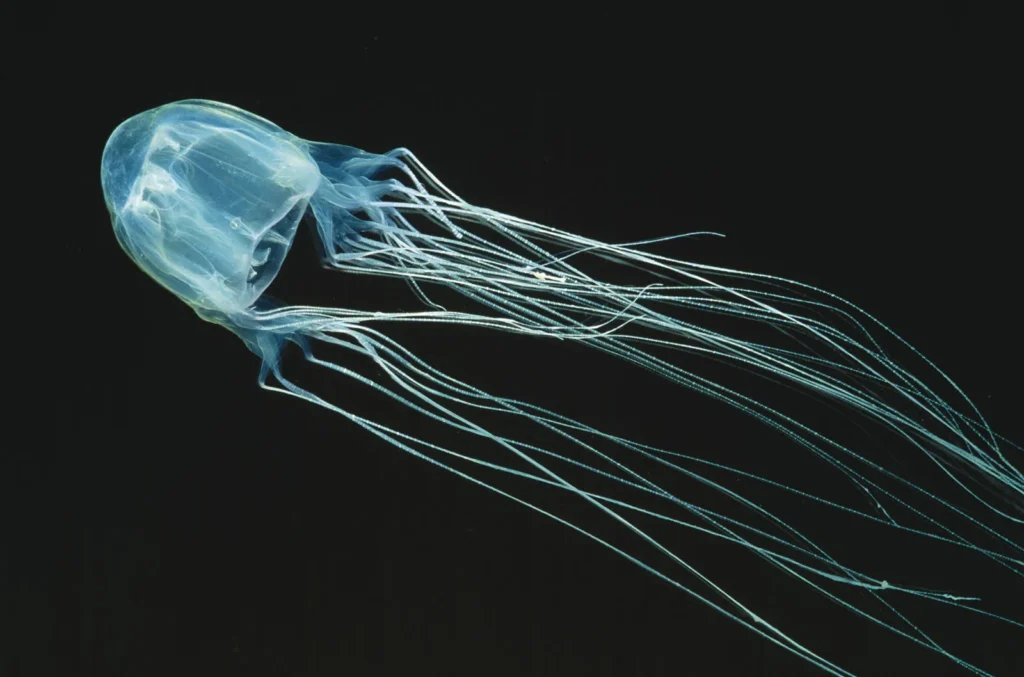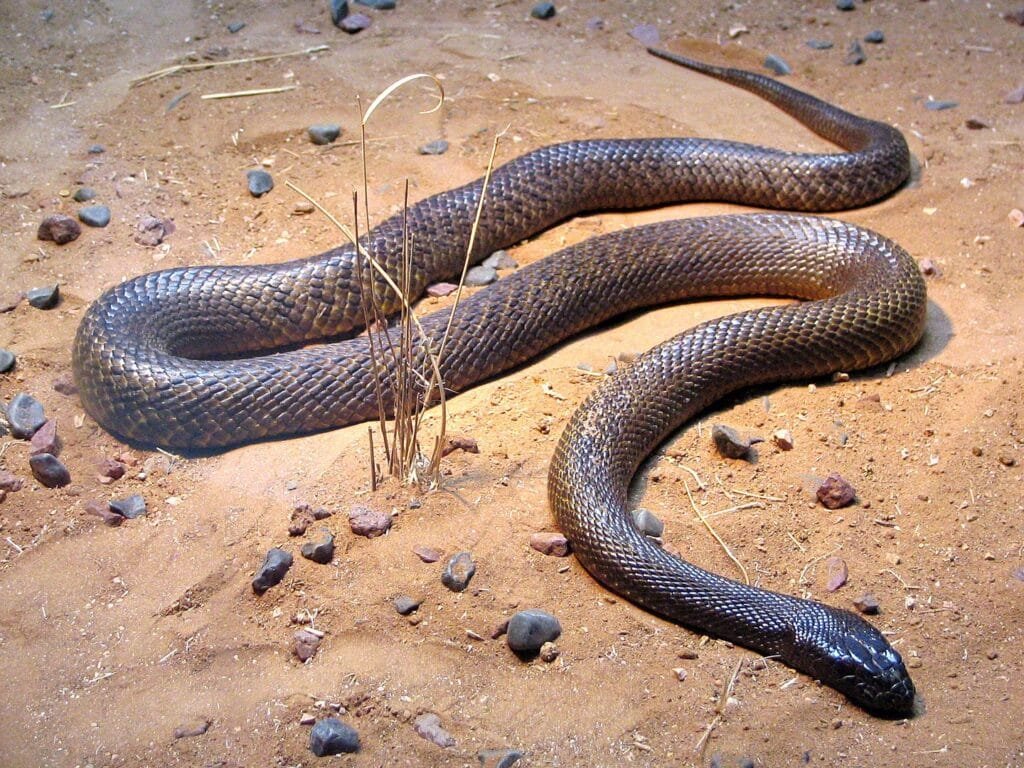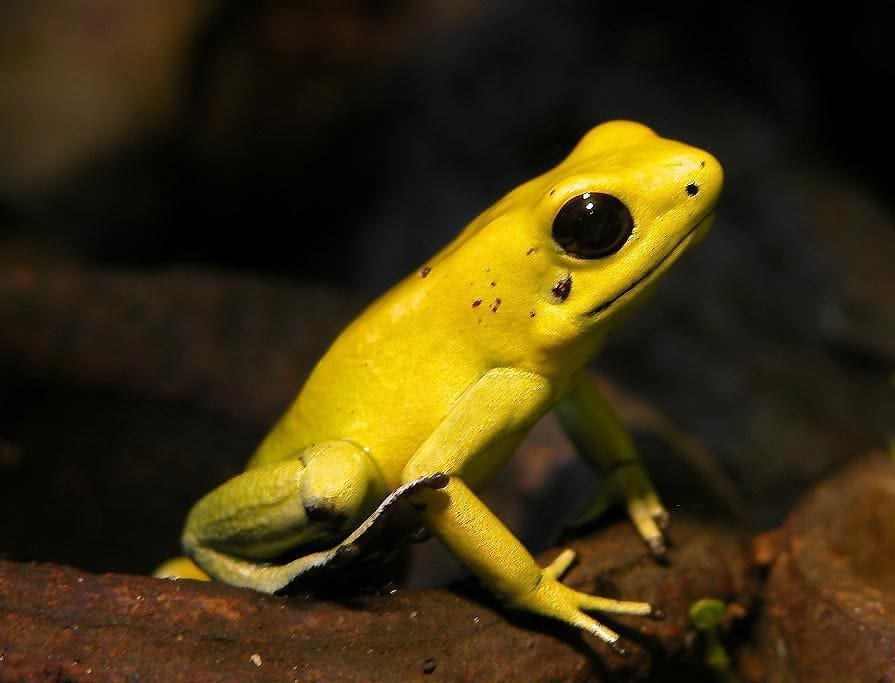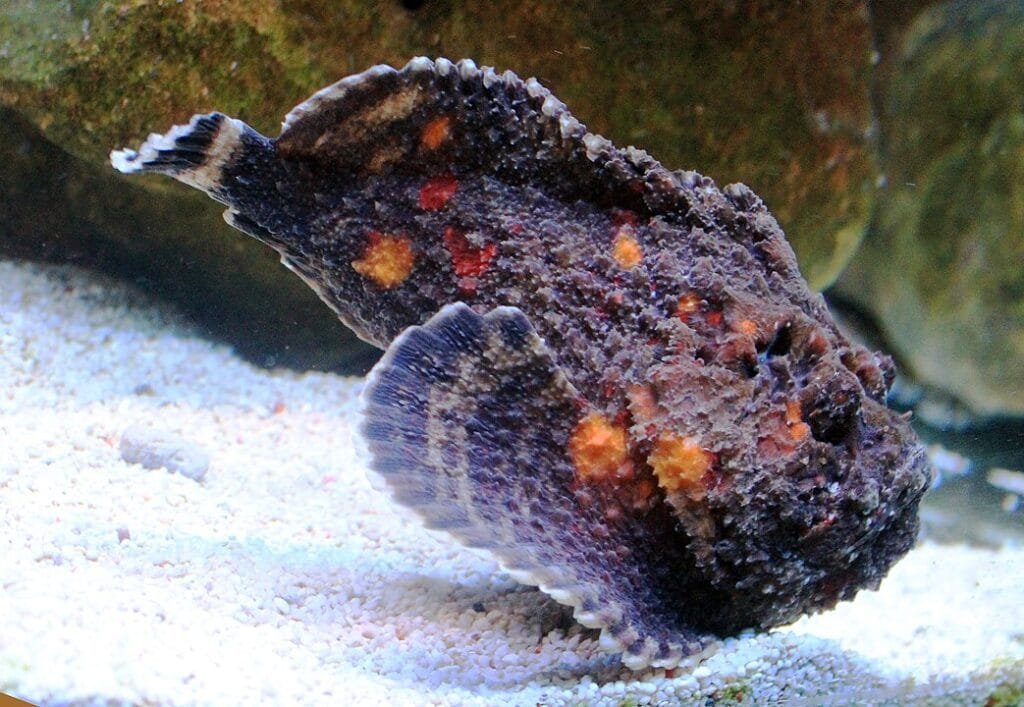The Top 5 Most Poisonous Animals in the World
Nature is home to breathtaking beauty and incredible biodiversity, but it also hides some of the most dangerous creatures known to humankind. Poisonous animals use toxins as a defense mechanism or to subdue prey. These toxins can cause severe harm, making these creatures both fascinating and fearsome. Below, we explore the top 5 most poisonous animals in the world, highlighting their unique characteristics and their role in the ecosystem.
1. Box Jellyfish

The box jellyfish is often referred to as the most venomous marine animal in the world. Found primarily in the waters of the Pacific and Indian Oceans, this translucent creature may look harmless, but its tentacles are armed with potent venom. A sting can cause cardiac arrest, paralysis, or even death within minutes. What makes them particularly dangerous is that their venom attacks the heart, nervous system, and skin cells simultaneously. Despite their deadly reputation, they play a crucial role in marine ecosystems, controlling populations of smaller organisms.
2. Inland Taipan

Known as the “fierce snake,” the inland taipan is the most venomous snake in the world. A single bite contains enough venom to kill up to 100 humans! Found in remote regions of Australia, this snake is highly reclusive and rarely comes into contact with humans, reducing its risk as a threat. Its venom contains neurotoxins that can cause rapid paralysis and organ failure. Interestingly, its prey, typically rodents, succumbs almost instantly, making it an efficient predator in its arid habitat.
3. Golden Poison Dart Frog

The golden poison dart frog may be small, but its toxin packs a punch. Native to the rainforests of Colombia, this vibrant frog’s skin contains enough poison to kill 10 adult humans. Indigenous tribes have historically used its toxins on blow darts for hunting, giving the species its name. Its toxicity comes from its diet, primarily consisting of toxic ants and insects. Conservation efforts aim to protect this species as their rainforest habitat faces ongoing threats.
4. Stonefish

The stonefish, camouflaged among rocks and coral, is the most venomous fish in the ocean. Found in the shallow waters of the Indo-Pacific, this fish’s spines deliver a venom that can cause extreme pain, tissue necrosis, and even death. What makes the stonefish particularly dangerous is its stealth—stepping on one accidentally can lead to a painful encounter. Immediate medical treatment, including antivenom, is crucial.
5. Cone Snail

The geography cone snail, found in tropical waters, is as beautiful as it is lethal. Its venom, delivered through a harpoon-like tooth, contains a complex cocktail of toxins known as conotoxins. This venom paralyzes prey instantly and can be fatal to humans if untreated. Known as the “cigarette snail” due to the phrase “you have enough time to smoke a cigarette” before its venom takes effect, this creature is both feared and studied. Remarkably, its toxins are being researched for potential medical applications, including pain relief.
These poisonous animals remind us of the delicate balance within ecosystems and the extraordinary adaptations nature has evolved. While their venom makes them dangerous, these creatures are not aggressive unless provoked or threatened. By learning about these animals, we gain a deeper appreciation of their role in maintaining biodiversity and the potential benefits they may offer, such as advancements in medicine. Awareness and respect for their habitats are key to coexisting with these fascinating yet deadly beings.
Understanding these creatures’ capabilities helps us marvel at the complexity of nature while fostering a sense of responsibility for their conservation.
For more top 5:
